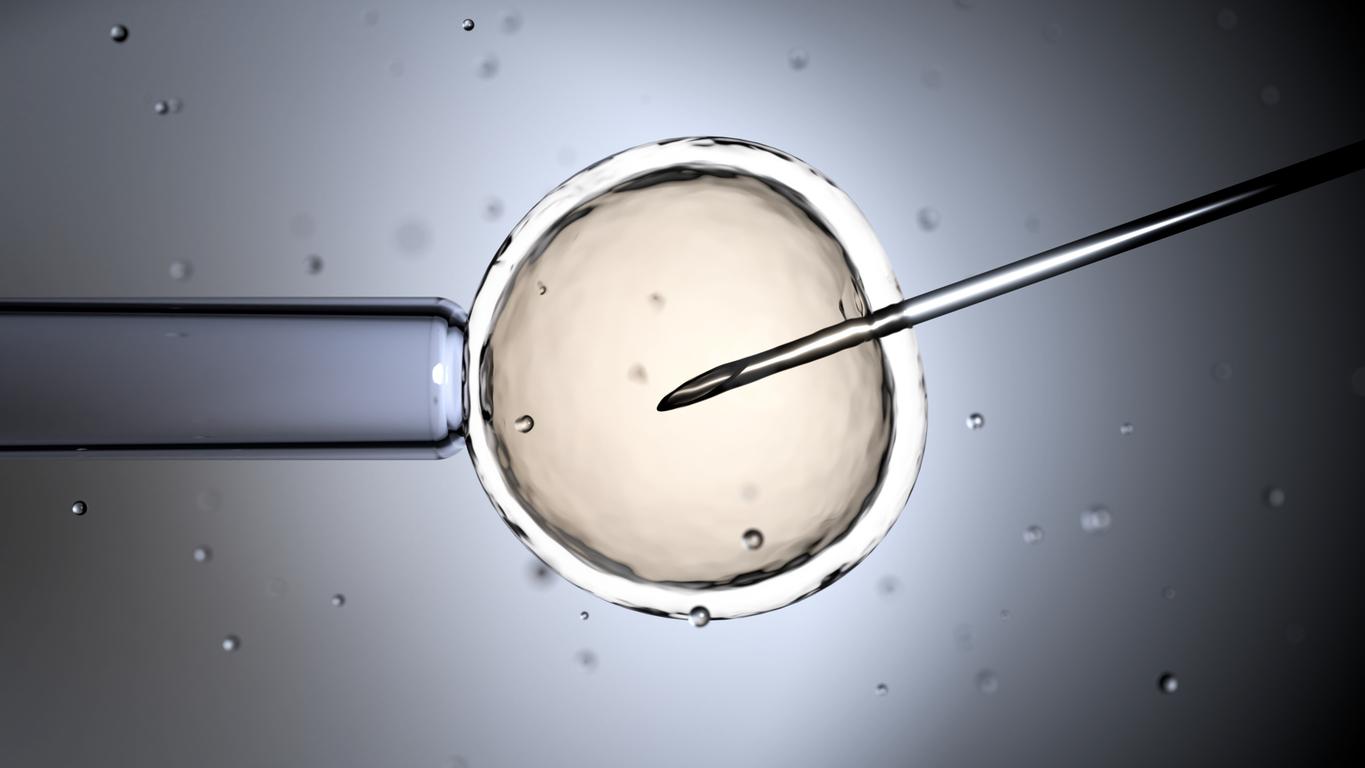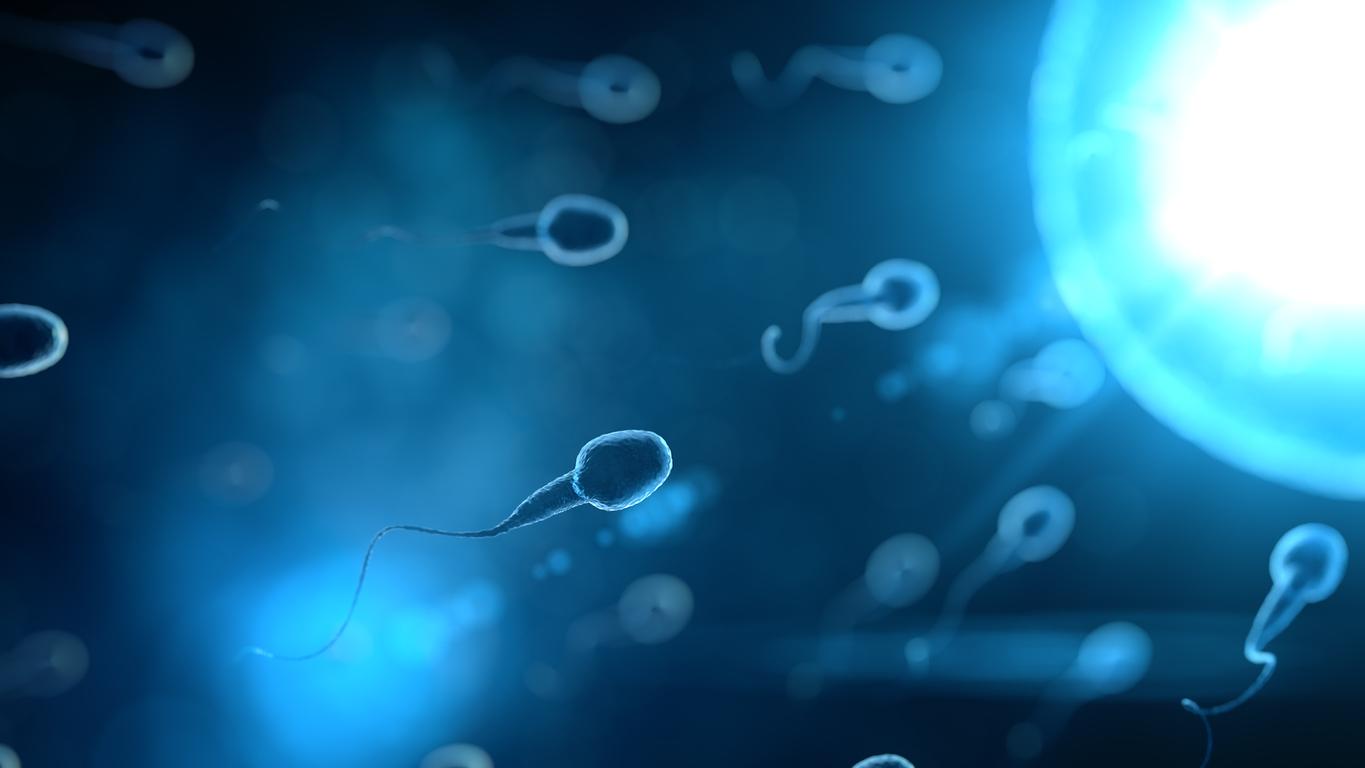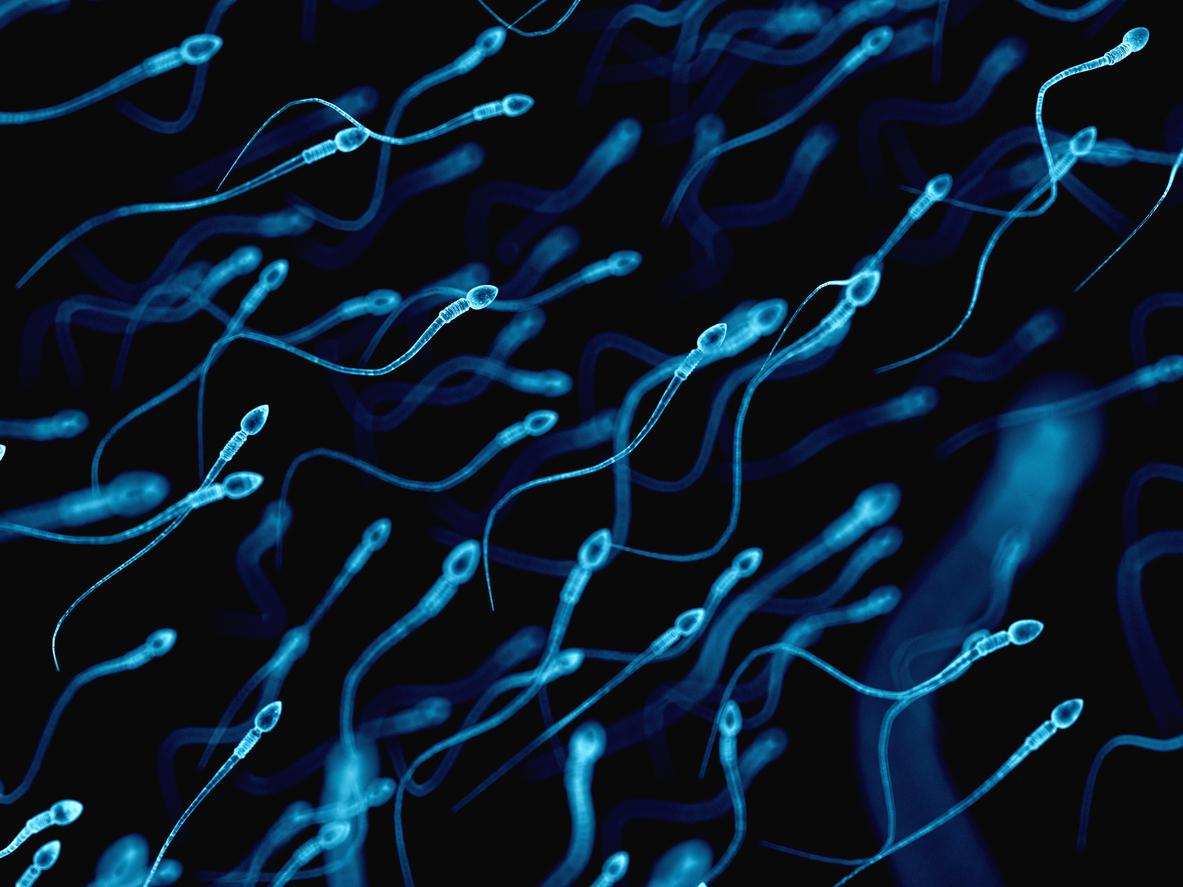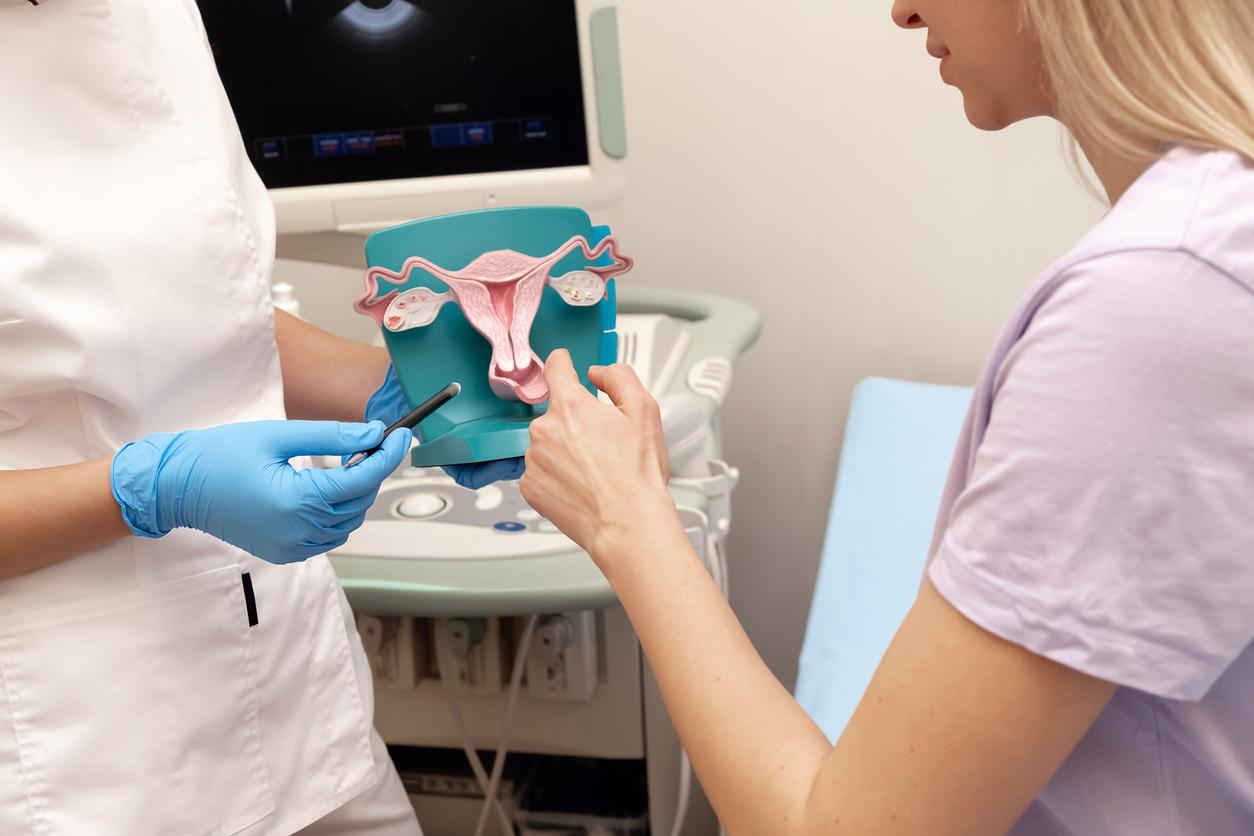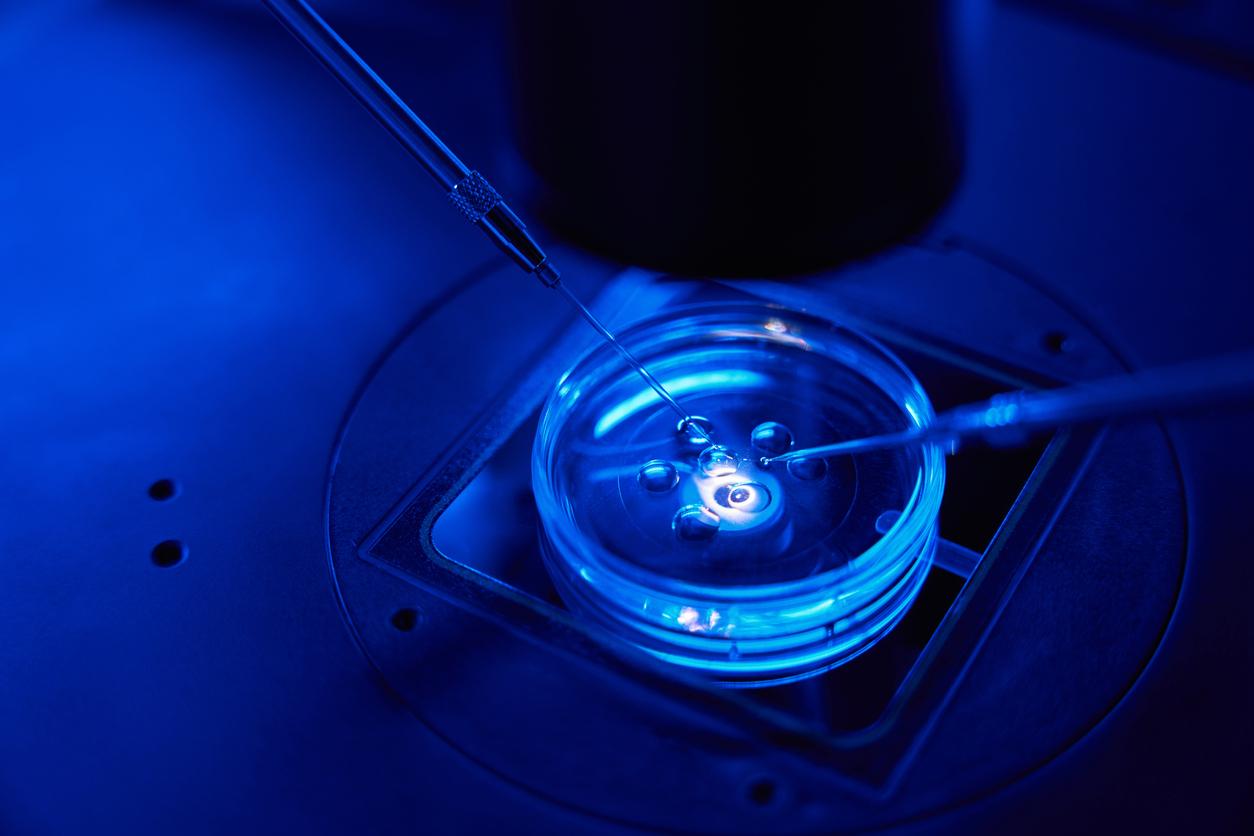Researchers question the dogma of sexual reproduction. They succeeded in giving birth to mice using non-viable embryos.

The meeting between an egg and a sperm has been the event necessary for sexual reproduction since the dawn of time. An Anglo-Germanic research team has however succeeded in freeing itself – partially – from this dogma, and announced the birth of baby mice not quite like the others, in the last issue of Nature Communications. This work should make it possible to better understand the mechanisms involved during fertilization, and to advance knowledge in reproductive biology.
The mice born from the manipulations of Tony Perry’s team should never have seen the light of day. Usually, an embryo is the result of the fusion between an egg and a sperm. But sometimes, the genetic material of an egg duplicates, producing a so-called parthenotic, or parthenogenetic, embryo. These embryos are not viable and yet they are the ones that scientists have used for their research. After having removed part of the genetic heritage of these parthenotes, they introduced a sperm. In 24% of cases, manipulation resulted in viable embryos and then healthy mice.
Epigenetic modifications
Until now, it was believed that only a female gamete could reprogram a sperm and allow the development of an embryo. This work therefore proves that an embryo at an early stage of development is capable of inducing in male gametes the changes necessary for the production of a viable animal. “Our work calls into question the dogma in force since the first observation of a mammalian ovum in 1827, and fertilization 50 years later, underlines Tony Perry, molecular embryologist. Until now it was believed that only an egg fertilized by a sperm cell could give birth to a mammal. “
The researchers said the mice born from this manipulation appeared healthy. Only epigenetic modifications were found in the DNA of the offspring. But scientists did not say whether the development of the young into adulthood was normal.
Ethical implications
For the time being, this publication is above all a major breakthrough for fundamental biology. “This work could help us better understand how human life begins and what controls the viability of embryos, an important parameter of fertility,” commented Dr. Paul Colville-Nash of the Medical Research Council, who did not take part in this research. The scientist does not rule out implications in the treatment of infertility, but points out that there will be a “very long way to go before”.
A more immediate consequence of this work could be of an ethical nature. In fact, not being viable, parthenogenetic embryos were used as a source of human stem cells. A status that could be called into question.
.








